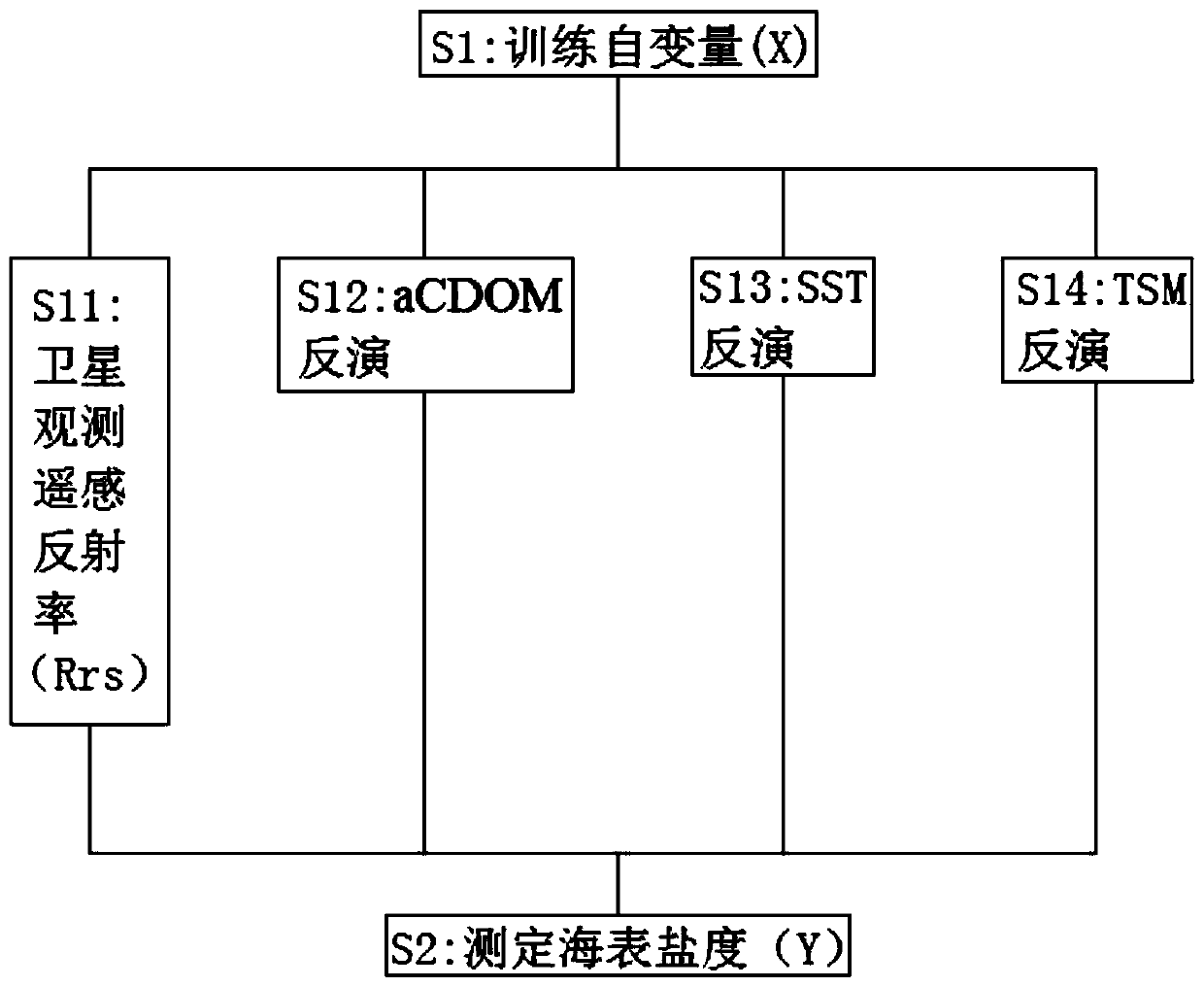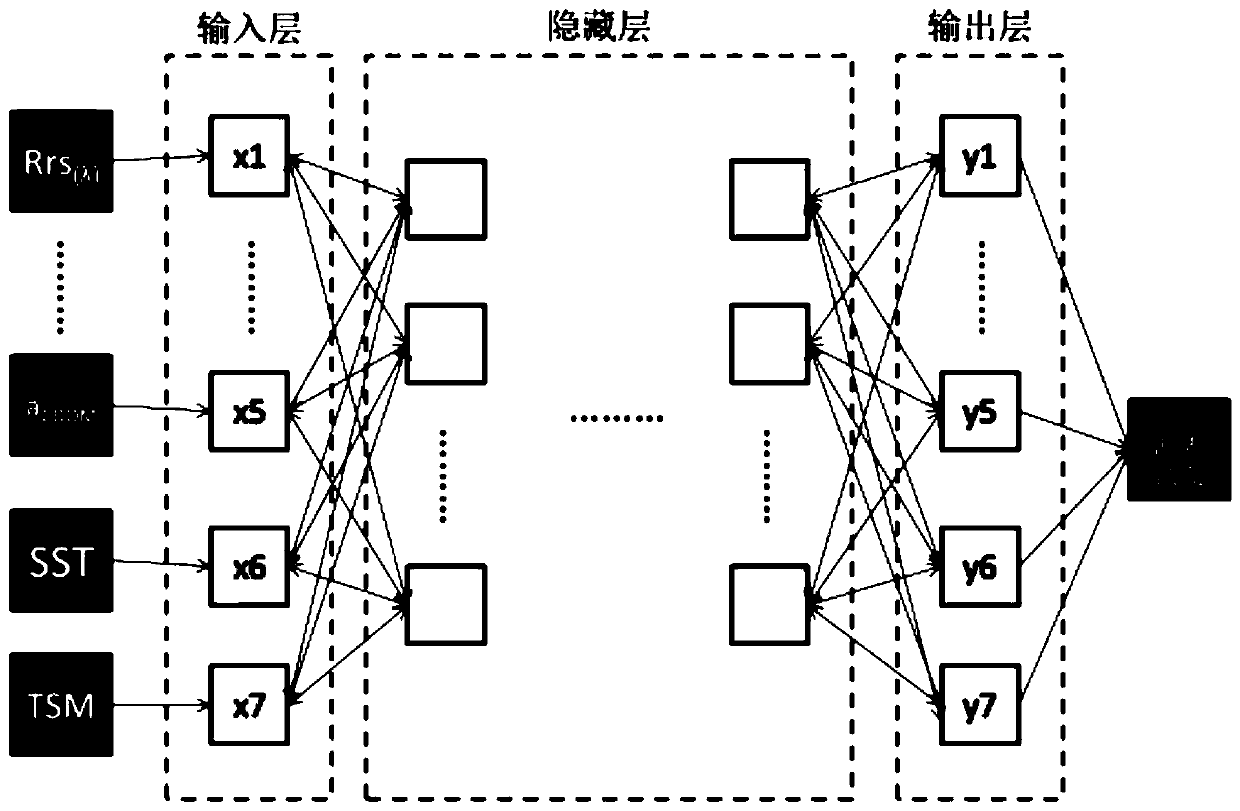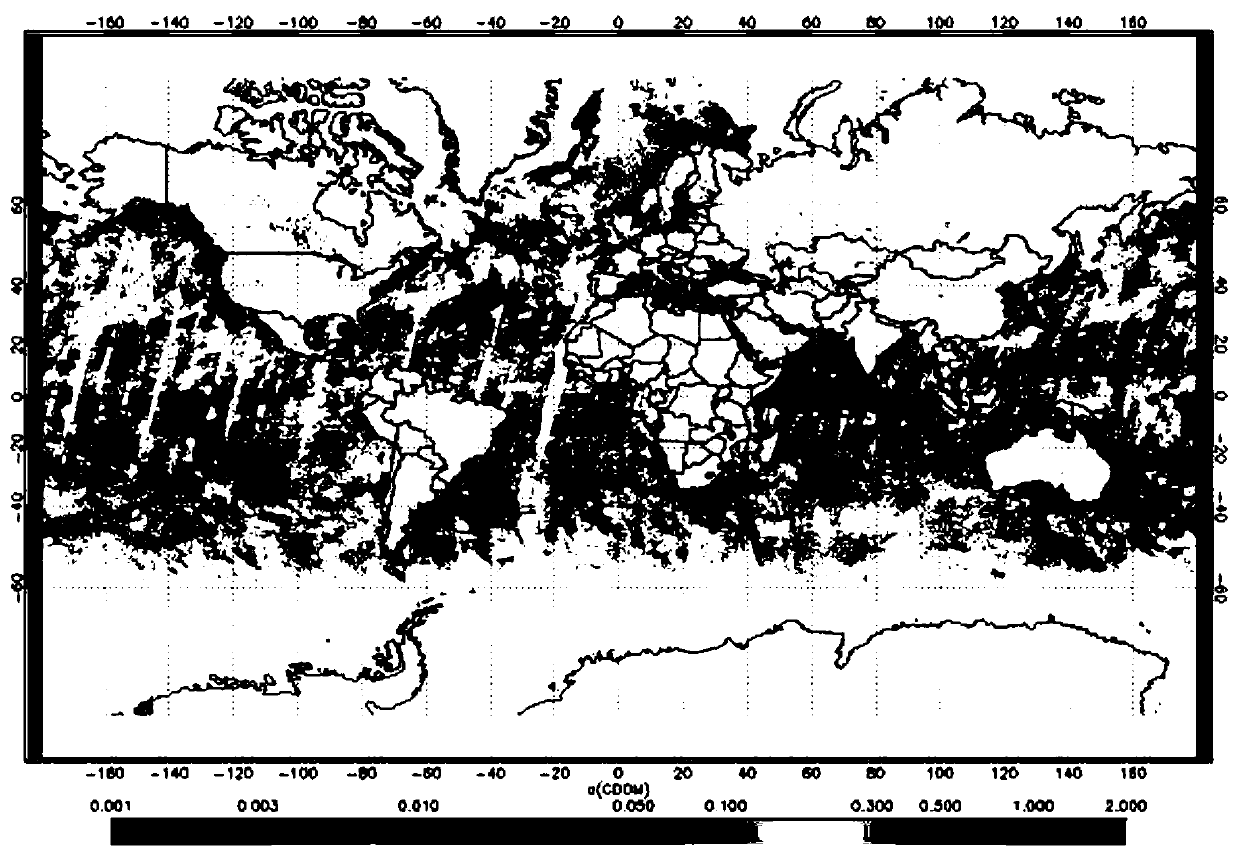Sea surface salinity inversion algorithm based on wind cloud meteorological satellite
An inversion algorithm, meteorological satellite technology, applied in neural learning methods, biological neural network models, design optimization/simulation, etc., can solve problems such as inability to accurately detect changes in sea surface salinity and dispersion of sea surface salinity.
- Summary
- Abstract
- Description
- Claims
- Application Information
AI Technical Summary
Benefits of technology
Problems solved by technology
Method used
Image
Examples
Embodiment Construction
[0040] The following will clearly and completely describe the technical solutions in the embodiments of the present invention with reference to the accompanying drawings in the embodiments of the present invention. Obviously, the described embodiments are only some, not all, embodiments of the present invention. Based on the embodiments of the present invention, all other embodiments obtained by persons of ordinary skill in the art without making creative efforts belong to the protection scope of the present invention.
[0041] see Figure 1-6 , the present invention provides a technical solution: a sea surface salinity retrieval algorithm based on Fengyun Meteorological Satellite, comprising the following steps:
[0042] S1: Training independent variable (X): According to the need to increase the number of hidden layers according to the regression task, a deep neural network is used to carry out sea surface salinity satellite inversion algorithm model, which is 4-band satellite...
PUM
 Login to View More
Login to View More Abstract
Description
Claims
Application Information
 Login to View More
Login to View More - R&D
- Intellectual Property
- Life Sciences
- Materials
- Tech Scout
- Unparalleled Data Quality
- Higher Quality Content
- 60% Fewer Hallucinations
Browse by: Latest US Patents, China's latest patents, Technical Efficacy Thesaurus, Application Domain, Technology Topic, Popular Technical Reports.
© 2025 PatSnap. All rights reserved.Legal|Privacy policy|Modern Slavery Act Transparency Statement|Sitemap|About US| Contact US: help@patsnap.com



